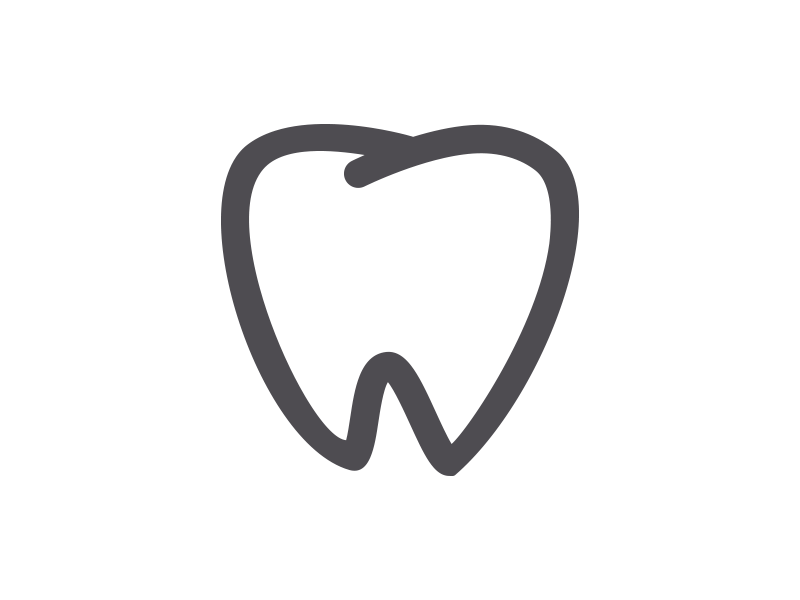5 Ways to Avoid Temporomandibular joint disorder (TMJD)
5 Ways to Avoid Temporomandibular joint disorder (TMJD)

Temporomandibular joint disorder (TMJD) is a condition that results in disruptive or persistent jaw pain. Specifically, TMJD affects joints that link the lower jaw to the skull via the temporal bone. When these joints or related soft tissues are affected, the resulting pain can definitely demand your immediate attention. Not all potential sources of TMJ problems are entirely avoidable. Still, there are some things you can to reduce your risk of developing TMJD. Five recommendations are discussed below.
1. Ditch the Gum Chewing Habit
Some people habitually chew gum. Unfortunately, all that extra gum chewing could be putting extra stress on jaw joints, which increases your odds of developing a temporomandibular joint disorder. If you really must chew gum, opt for the three-minute rule – chew for three minutes and then get rid of your gum. As long as we’re on the topic of unnecessary chewing, avoid excessively snacking on foods that require a lot of chewing action, like licorice, toffee, and hard candy.
2. Treat Yourself to Mini-Massages
The masseter is a powerful and prominent muscle that plays a big role in allowing your jaw to effectively open and close. As in the case with other muscles located around joints, it sometimes becomes tense. If this muscle becomes tense enough, you may find yourself dealing with TMJD. Keep this muscle as tension-free and flexible as possible by gently massaging it.
Another variation on the DIY masseter massage is to use a specially designed therapy ball to help you apply the right amount of pressure. One way to perform this type of self-massage is to lay down on a soft mat with a pillow or rolled up towel under your head as you rest on your side. Next, gently move the therapy ball with pressure from your face so that it rolls over the masseter muscle.
Having trouble finding the masseter muscle? If you need some help finding the right jaw muscle, place your fingers on the back part of your cheek. Then bite down. The muscle that suddenly flexes outward is your masseter muscle.
3. Make an Effort to Relax Your Jaw
Some people naturally clench their jaw, either out of habit or because daily tension goes to their face. If this is something you routinely do, you are boosting your odds of having TMJ issues. When you feel that your jaw is excessively tight or clenched, relax it by slightly lowering your jaw so your teeth aren’t touching. You should be able to do this without actually opening your mouth, so nobody around you will even realize that you are relaxing your jaw.
Also, pay attention to the position of your tongue. If it’s pressed up against the roof of your mouth, let it drop to a neutral position. It will take some practice to put your jaw in a more relaxed state, but you’ll be rewarded with fewer instances of distracting jaw pain!
4. Watch Your Head Posture
Is your head straight? This may seem like a silly question, but excessive forward leaning can actually contribute to TMJD. If your ears aren’t properly lined up with your shoulders, you likely have some posture problems that need to be corrected. You may also be in the habit of leaning forward to use your laptop or your various handheld devices.
Routinely throwing off your head-neck alignment, however, increases tension that can extend from your upper back to, you guessed it, the jaw joints that connect to your skull. There are several ways you can work on improving your head posture. Some of them include:
• Standing up against a flat wall so you get a better idea of what correct head alignment should be
• Doing chin tucks and stretches every morning
• Setting up an ergonomically designed workspace – e.g., computer monitor at eye level and a supportive chair with a headrest
5. Try Chiropractic Treatment
You may not associate jaw joints and muscles with chiropractic treatment, but there are certain chiropractic techniques could leave you with better-aligned jaw structures. There is usually some manual pressure applied to the jaw during a typical adjustment, but it’s done in a way that’s meant to be beneficial. Some chiropractors complement the adjustment process with soft tissue-based therapy to help break up scar tissue and other buildups around the temporomandibular joints.
If you do have issues with mild TMJ pain, there are temporary solutions that can give your jaw joints time to heal. A common yet effective remedy is to switch to soft foods until your discomfort goes away. Over-the-counter anti-inflammatory drugs can be helpful as well, but long-term reliance on medication should be avoided. If you have persistent TMJ pain, it’s better to receive a proper diagnosis. Incidentally, chiropractic treatment can also be an effective way to address existing issues with persistent or recurring TMJ discomfort.













